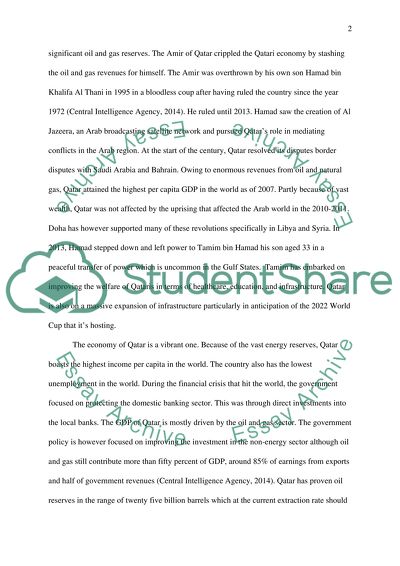Migrant Workers to Qatar Article Example | Topics and Well Written Essays - 500 words. Retrieved from https://studentshare.org/geography/1648511-migrant-workers-to-qatar
Migrant Workers to Qatar Article Example | Topics and Well Written Essays - 500 Words. https://studentshare.org/geography/1648511-migrant-workers-to-qatar.


